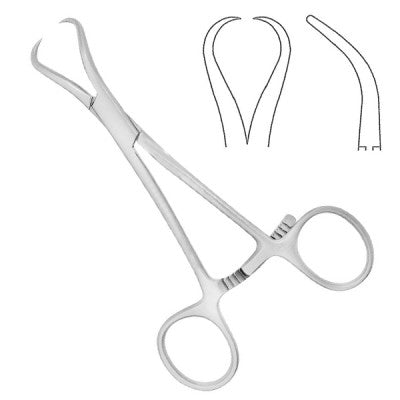
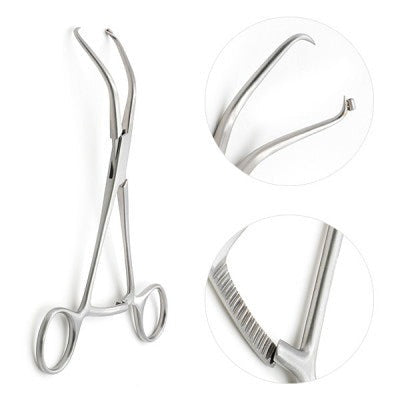
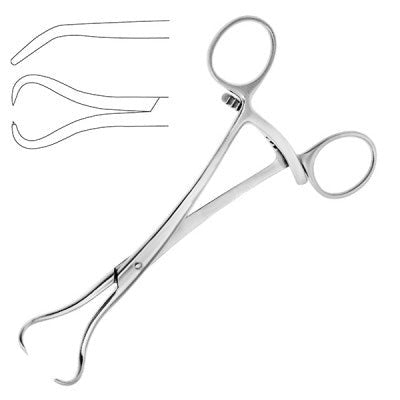
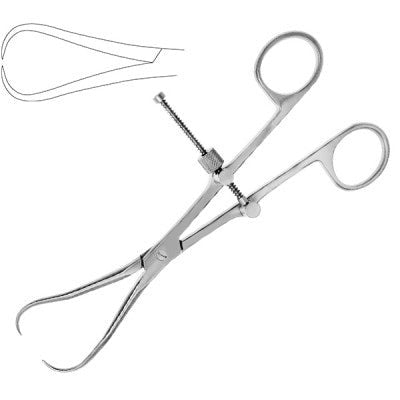
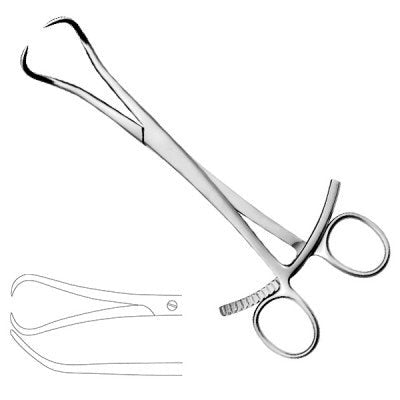
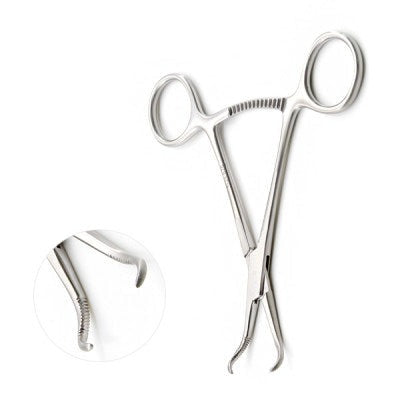
Bone Reduction Forceps are vital surgical instruments specifically designed to ensure precision and control during orthopaedic procedures. Their main function is to assist in the stabilization and alignment of broken bones, and to ensure optimal anatomical alignment for a successful healing. They are designed for durability, strength and adaptability Forceps are a must-have item in surgical procedures for those who deal with fractures in bones and realignment.
Strong and Reliable Grip
Bone Reduction Forceps are made with jaws that offer an ensconced grip on bones that allow for precise manipulating and aligning of bones during the surgical procedure. The firm grip helps prevent slide and provides security throughout the surgical procedure.
Locking Mechanism
A variety of Bone Reduction Forceps come with an ratchet locking mechanism that ensures that the forceps' hold is maintained to the bones, allowing surgeons hands to do other duties. This guarantees a consistent alignment, without the requirement for constant manual pressure.
Durable Construction
Made of high-quality stainless steel for medical use They are invulnerable to wear and corrosion. Their sturdy construction ensures that they can are able to withstand repeated sterilization as well as demanding surgical environments, while retaining their function.
Ergonomic Handles
The forceps come with ergonomically designed handles that offer the user with comfort and control. This decreases fatigue in the hands and allows surgeons to work precisely even during long procedures.
Versatility in Design
Bone Reduction Forceps are available in different sizes and shapes that include straight, curved and special designs to accommodate different kinds of fractures as well as surgical needs.
Bone Reduction Forceps can be employed in a variety of surgical procedures, which include:
In order to ensure the long-term durability and efficiency in Bone Reduction Forceps
The Bone Reduction Forceps are a cornerstone of orthopedic surgery, offering surgeons the precision and reliability needed for effective fracture management. Their robust construction, ergonomic design, and versatility make them a trusted tool for achieving successful surgical outcomes.